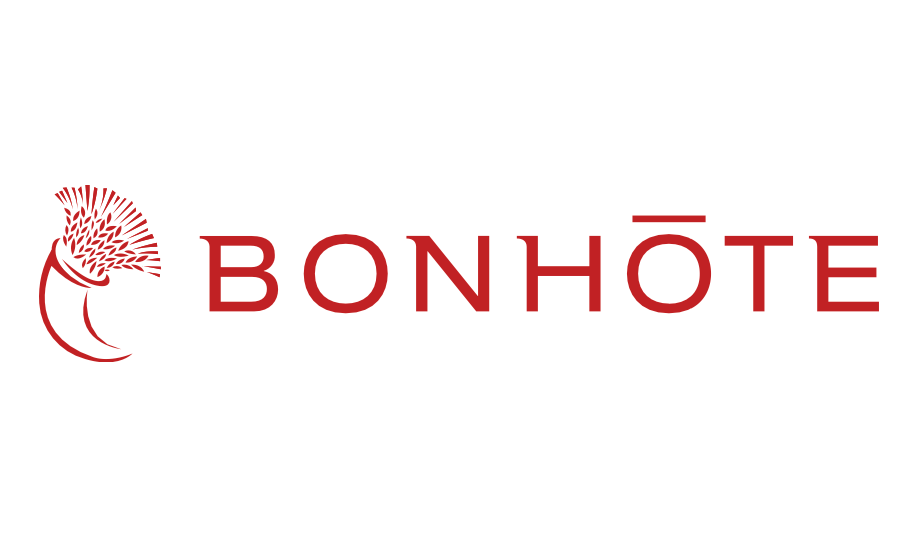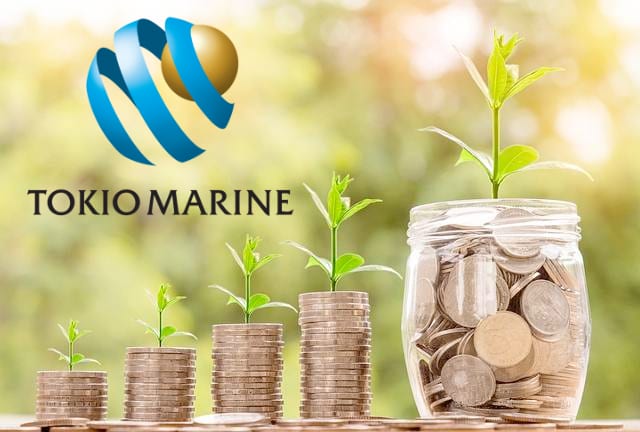This content is copyright to www.artemis.bm and should not appear anywhere else, or an infringement has occurred.
Aon’s segregated accounts company White Rock Insurance (SAC) Ltd. has filed a lawsuit in New York against China Construction Bank, alleging an “inside man” at the bank had represented that letters of credit (LOC) involved in the Vesttoo fraud were authentic, and claiming a minimum $140 million in damages from the bank for the losses suffered, Artemis has learned.
 It’s the latest twist in the now long-running Vesttoo fraud saga and seemingly reflects Aon’s desire to be compensated, and secure compensation for its clients, for some of the financial impacts the broker and its business partners have suffered from the fall-out of the global reinsurance fraud scheme.
It’s the latest twist in the now long-running Vesttoo fraud saga and seemingly reflects Aon’s desire to be compensated, and secure compensation for its clients, for some of the financial impacts the broker and its business partners have suffered from the fall-out of the global reinsurance fraud scheme.
White Rock Insurance (SAC) Ltd., represented by Quinn Emanuel Urquhart & Sullivan, LLP, has filed the lawsuit acting in respect of itself and Segregated Accounts T-94, T-95, T-96, T-100, T-102, T-103, T-107, T-108, T-111, T-113, T-122, T-125, T-126, and T-127, court documents seen by Artemis show.
A White Rock spokesperson stated, “White Rock’s lawsuit against China Construction Bank is another step in our efforts to maximize recoveries for clients impacted by the Vesttoo fraud. China Construction Bank’s direct role in the issuance of fraudulent letters of credit enabled the fraud and the bank should be held accountable for the harm it has caused.”
The case “arises from a global, multi-billion-dollar fraudulent scheme to defraud insurance companies engaging in reinsurance transactions,” the complaint states.
Going on to explain that the cedents involved and affected by Vesttoo’s fraud had used White Rock Bermuda to transform assets into insurance or reinsurance with a licensed Bermuda-based insurance company.
The complaint states, “Vesttoo’s entire apparatus was premised on the Cedents’ confidence that the reinsurance transactions were fully collateralized by rock-solid letters of credit (“LOCs”) that Vesttoo procured from leading international banks.
“Based on those representations, the Cedents transferred to Vesttoo at least $140 million in premiums, paid into designated segregated accounts established under White Rock Bermuda’s corporate structure (the “Cells” and, together with White Rock Bermuda, “White Rock”). But in July 2023, it came to light that the issuing banks refused to honor the LOCs.
“Vesttoo turned out to be a total sham, sustained by over $3 billion of useless collateral.”
Adding that, “Vesttoo did not act alone. A recently-founded, small startup, Vesttoo had neither the credibility nor the track record required to engage in large-scale reinsurance transactions with the world’s leading insurance companies. Vesttoo’s key to this market was LOCs apparently issued by some of the world’s largest and most reputable banks, which purported to fully collateralize the reinsurance transactions. Those LOCs gave Vesttoo credibility and provided third parties with confidence that the transactions were safe and compliant with applicable Bermuda law. Without the LOCs, the parties involved—White Rock included—would have never engaged with Vesttoo.”
As we’ve reported before, China Construction Bank had been named as the issuing institution for a significant amount of the fraudulent letters of credit (LOC) from the Vesttoo case.
Of the billions of dollars in letters of credit (LOC) that should have supported the reinsurance deals involved, most were found to be forged or invalid and the majority of those were said to have come from China Construction Bank.
In total, almost $3.36 billion of standby letters of credit (LOC) are presumed to have been fraudulently created under the Vesttoo scheme and of that amount, figures Artemis had seen towards the end of 2023 suggested that $2.81 billion of these were linked to China Construction Bank, with $362.5m purportedly linked to Standard Chartered Bank and $186m to Santander.
Emails that came to light during Vesttoo’s bankruptcy case show a China Construction Bank (CCB) employee, Chun-Yin Lam, used an official bank email address to communicate with some of the Vesttoo employees accused of perpetrating the fraud
CCB employee Lam had also identified the Chinese investor implicated in the fraud, Yu Po Holdings, as a client of the bank. Remember Yu Po Holdings was the name of the supposed primary investor in reinsurance transactions involving fraudulent LOCs issued by CCB, although questions remain over whether Yu Po actually exists as an investor, or was merely a shell used for the fraud, with most saying the latter is the more likely.
The complaint from Aon’s White Rock states, “LOCs issued by or out of CCB represented more than $2.8 billion of collateral CCB now refuses to honor. It was not that Vesttoo simply used CCB’s logo on a forged document and White Rock took its word for it. Rather, an inside man at CCB—an actual CCB banker acting for CCB as a Relationship Manager—represented to White Rock, its auditors, and other market participants that the LOCs were authentic.”
Adding, “By giving Mr. Lam access to its email domain, offices, and telephone system (and then breaching its duty to supervise him), CCB bestowed its full faith and credit on Mr. Lam. By so doing, CCB caused White Rock and others to justifiably rely on Mr. Lam’s representations to their detriment.”
Interestingly, White Rock’s legal complaint also states that, “Tellingly, according to official government records, Mr. Lam’s tenure with CCB closely tracked the fraud, and he ceased to be a licensed professional affiliated with CCB in July 2023—the exact same time the Vesttoo fraud was revealed.”
Going on to note that In recent court filings in the U.S. District Court for the Southern District of New York (“S.D.N.Y.”), CCB does not deny that Mr. Lam was, in fact, a bank employee during the relevant time. And tellingly still, CCB’s Chief Risk Officer stepped down and resigned around the exact same time.”
The complaint against China Construction Bank also states that “CCB was the lifeline for the Vesttoo fraud. Without CCB, the Vesttoo fraud could not have occurred: none of the Vesttoo reinsurance transactions would have closed or survived had Mr. Lam not transmitted and confirmed the LOCs using an official CCB email account and CCB’s arm in New York—CCBNY. Mr. Lam’s acts were committed entirely under the auspices of CCB, and CCB is directly and vicariously liable for them. CCB harbored a fraudster, gave him access to a CCB email address, office, and telephone number, and then failed to deter, prevent, and detect a massive fraud committed through those channels. On multiple occasions, White Rock, its auditors, and other market participants sought to verify the LOCs, and were satisfied when an unambiguous verification came from within CCB. White Rock thus reasonably and justifiably relied on Mr. Lam’s representations made on behalf of CCB.”
Because of the fraud and the representations made that resulted in the fraudulent letters of credit (LOC) being trusted as collateral, cedents and White Rock suffered “at least hundreds of millions of dollars in damages, including the lost premium amounts, incurred claim amounts, and legal fees,” the court filing also states.
Also stating, “The Cedents and White Rock incurred astronomical losses and expenses, and White Rock was placed under regulatory supervision (from which it has now emerged). But for CCB and Mr. Lam, White Rock would have never continued to do business with Vesttoo, and would have recognized Vesttoo as a sham. CCB sustained the Vesttoo fraud from inception and is liable for Mr. Lam’s inside job, which it negligently failed to prevent and detect. White Rock therefore brings this action for fraud, fraudulent misrepresentation, fraudulent concealment, negligent misrepresentation, and negligence against CCB. CCB’s acts and omissions should not go unpunished and, accordingly, White Rock Bermuda and the Cells seek damages which include, but are not limited to, the lost premium amounts paid by Cedents into the Cells totaling at least $140 million, White Rock’s legal fees, and all associated costs and damages.”
White Rock gives a number of causes of the legal action against CCB, including fraud, fraudulent misrepresentation, fraudulent concealment, negligent misrepresentation, and negligence.
Going on to say that for each and all of these claims, it seeks damages to be determined at trial but in no case less than the $140 million already mentioned, as well as costs, interest, fees incurred and any further relief the New York Supreme Court deems appropriate.
As we’ve reported before, this is not the first legal action China Construction Bank is facing over the Vesttoo reinsurance collateral fraud.
Porch Group’s Homeowners of America Insurance Company (HOA) had first filed a law suit in New York against China Construction Bank Corporation over the Vesttoo reinsurance collateral fraud.
We then more recently learned that program services and fronting specialist Incline P&C Group also has an open lawsuit against China Construction Bank in the same district court, over the Vesttoo reinsurance collateral fraud.
Now, Aon, through its subsidiary White Rock, has launched this legal action against the bank, raising the pressure on it over the reinsurance fraud scandal.
It’s not a surprising turn of events, but shows again the desire of those affected by the fraud to be compensated for the significant costs they have suffered as a result of the Vesttoo executives’ fraudulent actions and Aon’s desire to see itself and clients properly compensated for the damages experienced.
Read all of our coverage of the alleged fraudulent or forged letter-of-credit (LOC) collateral linked to Vesttoo deals.
Aon’s White Rock sues China Construction Bank for damages over Vesttoo collateral fraud was published by: www.Artemis.bm
Our catastrophe bond deal directory
Sign up for our free weekly email newsletter here.

 CatX’s ambition is to provide a flow of risks to insurance-linked securities (ILS) investors through its digital platform.
CatX’s ambition is to provide a flow of risks to insurance-linked securities (ILS) investors through its digital platform.
 Swiss Re’s Institute sigma research team said that the firm’s measure for the global natural catastrophe insurance protection gap widened due to economic growth and inflation last year.
Swiss Re’s Institute sigma research team said that the firm’s measure for the global natural catastrophe insurance protection gap widened due to economic growth and inflation last year.






